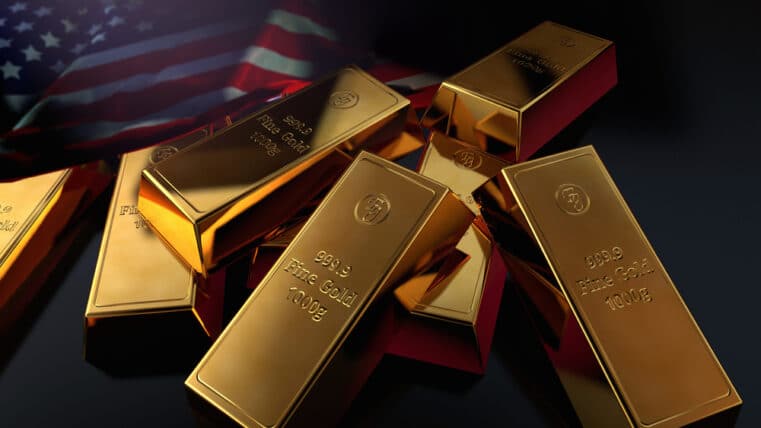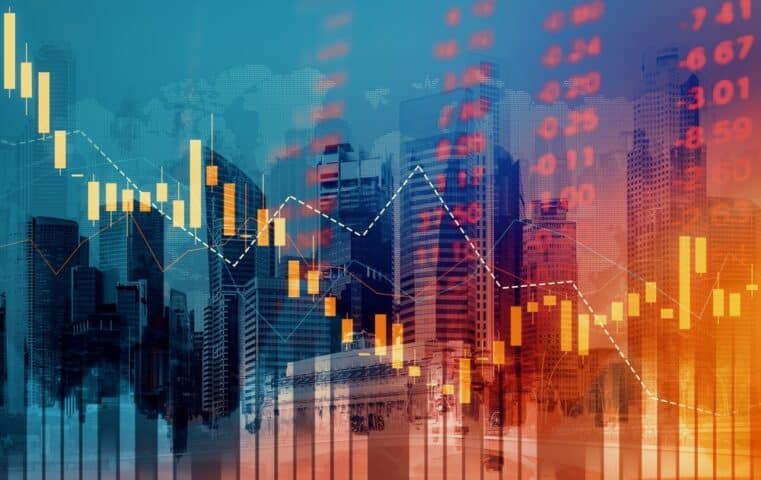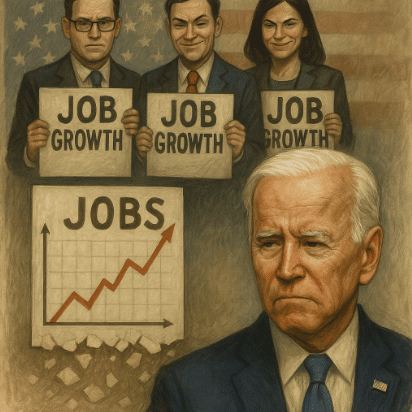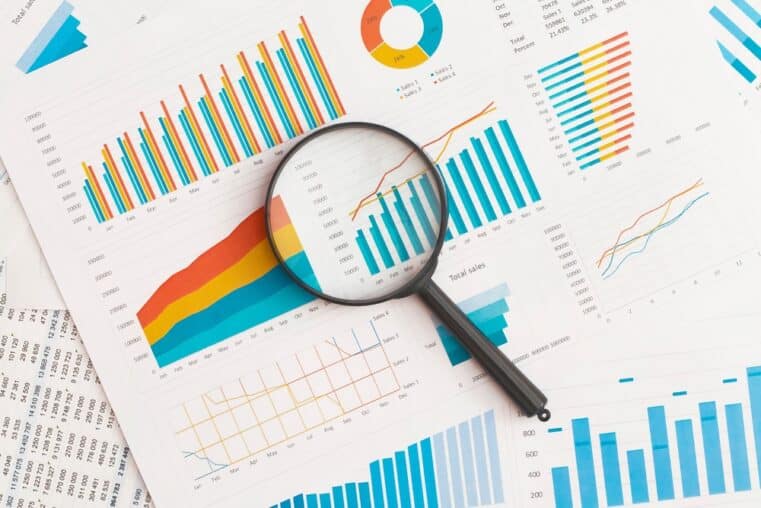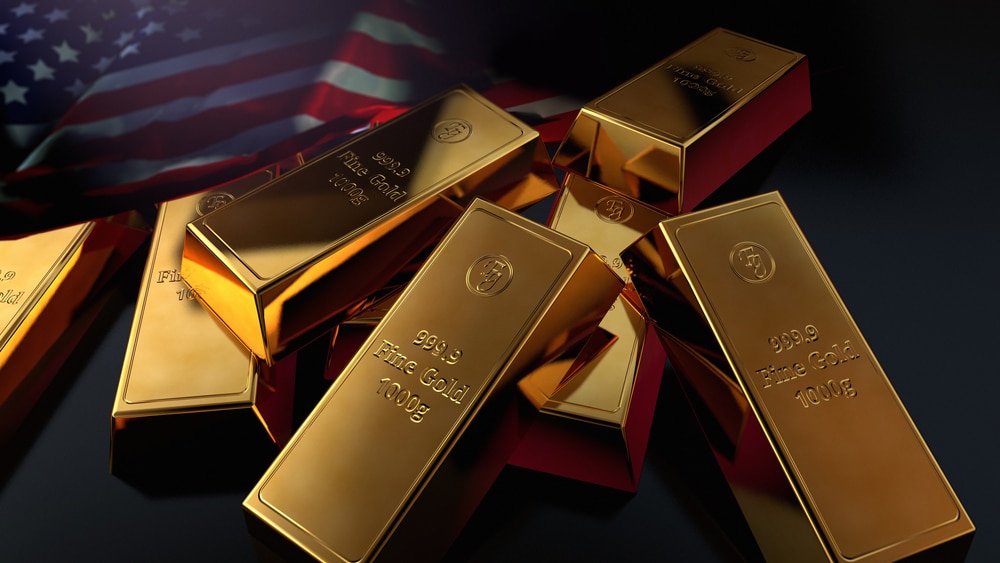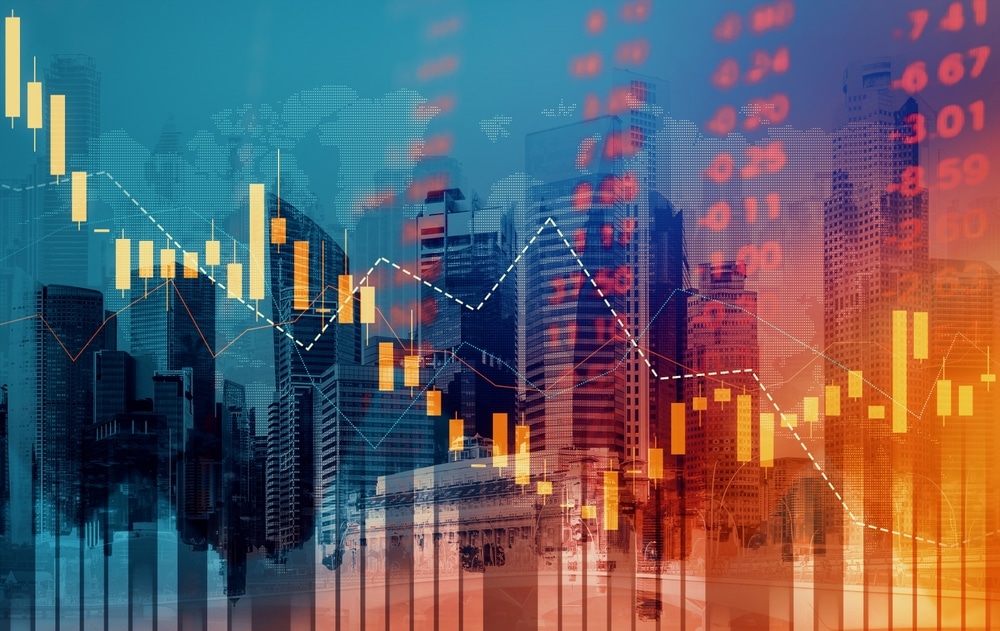
Is the Gold/Silver Ratio Resetting to a New Higher Normal?
The rally in gold prices since August 2018 has been impressive, to say the least. Gold has broken above $1,350/ounce in February of this year and it looks like gold’s price is about to exceed that level once again.
Some experts, like billionaire investor Paul Tudor Jones, estimate that gold can reach up to $1,700 an ounce within the next year or two.
Unfortunately, the same can’t be said for silver.
Silver reached a high of $16.25 an ounce last March, but now it is barely scraping above $15.00 an ounce.
Interestingly, the gold/silver ratio has not narrowed as some precious metals investors might have expected. Instead, perhaps shockingly, it has continued to rise, widening to a level above 90:1.
This means that 1 ounce of gold is worth 90 ounces of silver.
Some experts are expecting the gold/silver ratio to fall back to its 20th-century historical average of 47:1, or perhaps its original fixed price ratio of 15:1.
But some investors have grown skeptical with regard to the averages, thinking that perhaps a “new normal” is being set in the gold/silver ratio.
Gold/Silver Ratio Near Term Forecast
The gold/silver ratio seems overextended and due for a correction. The last time it had reached such a high level was in October of 2008, when the ratio topped out above 89:1.
Such a correction will likely come in the form of a surge in silver prices. But the issue with this overextension is that there’s no technical or fundamental indication that the gold-to-silver trend is weakening.
Gold/Silver Ratio Longer-Term Forecast
Despite the waning in silver production, the slowdown in global economic and industrial activity has not been favorable to silver. Remember that silver, much more so than gold, plays a dual role as a precious metal and an industrial metal.
Silver benefits most during a period of rising inflation and active global industrial activity. For example, silver soared in times of large-scale global military conflict, as what had happened in World Wars I and II.
Silver may be a safe haven, but when global industrial activity declines, so too does its demand. We saw this happen during the Great Depression when gold held up as silver fell, the gold/silver ratio rising as high as 100:1.
Currently, the US stock market and economy are soaring. There are no immediate signs of recession. But fears of a looming slowdown are growing, as in the case of the Morgan Stanley Business Conditions Index, which collapsed in just one month from 45 to 13.
With fears of a global slowdown increasing and the prospects of healthy industrial activity dimming, such conditions are not favorable to silver demand.
But after a recession, when interest rates are low, and when global economic activity begins to pick up, that’s when silver and other industrial base metals will begin to rise.
Re-evaluating the Gold/Silver Ratio
If you were to look at silver’s price in relation to gold over the course of the last 150 years, you may notice that aside from a few price spikes, silver’s long term trend shows a steady decline in relation to the yellow metal.
The question is whether something so monumentally significant can happen as to cause a reversal in this 150-year trend.
From this viewpoint, it seems almost inconceivable that the gold/silver ratio will ever get back down to its original level of 15:1.
But is it still realistic to expect the ratio to revert to its 100-year average of 47:1?
Or is it more realistic to say that the gold/silver ratio will be fluctuating between 50:1 and 100:1 with an average of 75:1?
The gold/silver ratio has been a useful model to anticipate the cyclical movements in gold and silver. But this spread has been based on fundamental conditions surrounding supply and demand.
If those conditions have been undergoing fundamental changes, however slowly, it might be time to adapt to a new environment.
There’s no way to predict whether the gold/silver ratio will eventually revert to its historical mean or whether it is on its way toward establishing a new average?
But one thing that remains certain is gold’s value as a safe haven. And based on the current economic landscape, gold happens to be the most promising of the two.
Viewing gold from an even longer-term trend, going back millennia, gold has been the only form of sound money that has sustained its value. It’s hard to think of any better alternative to replace it.






